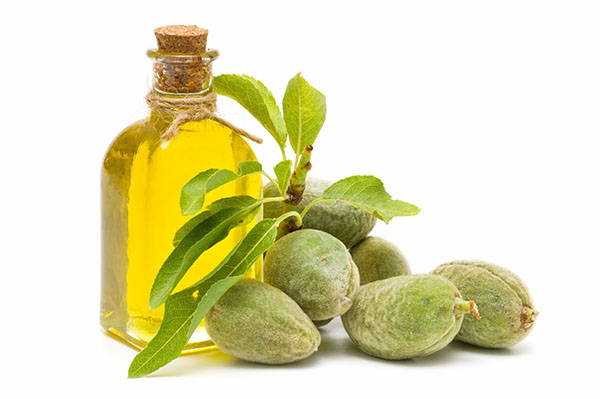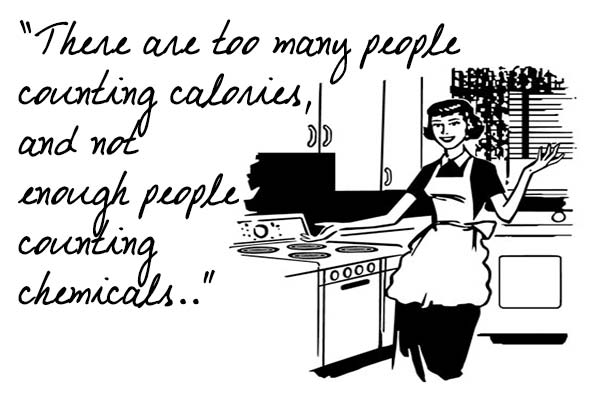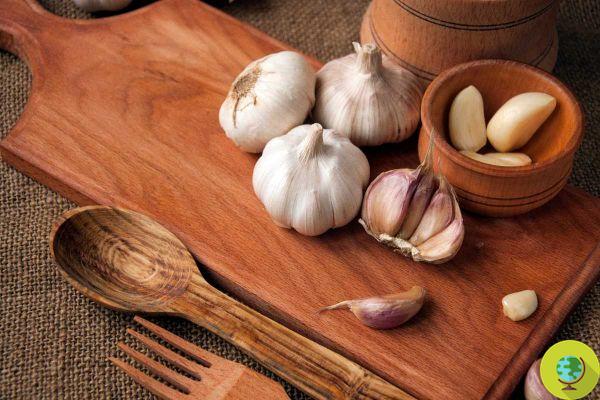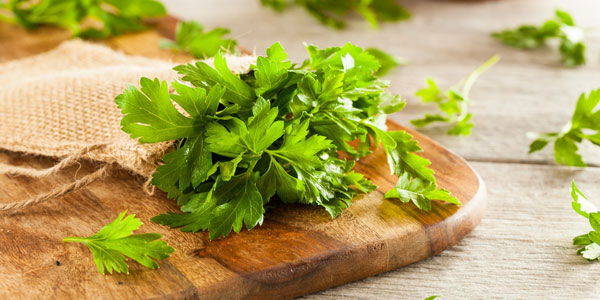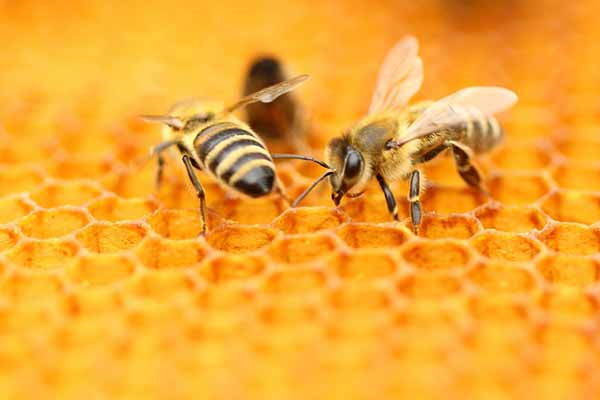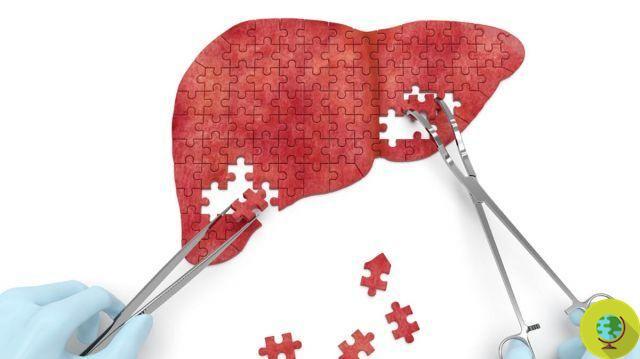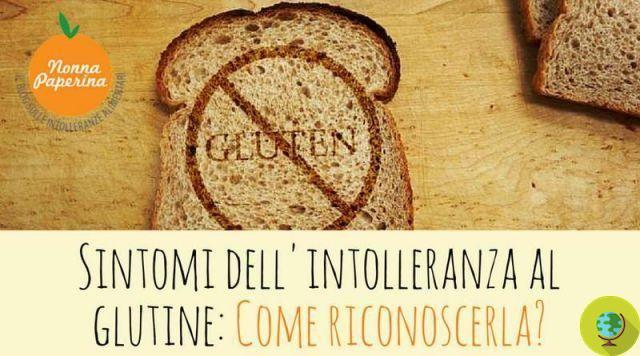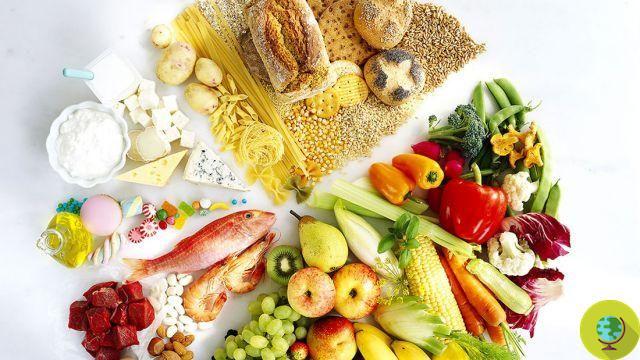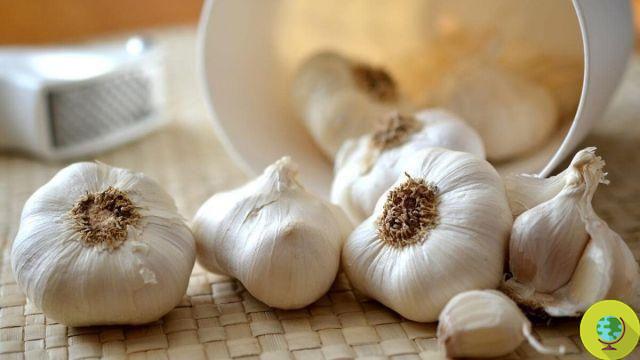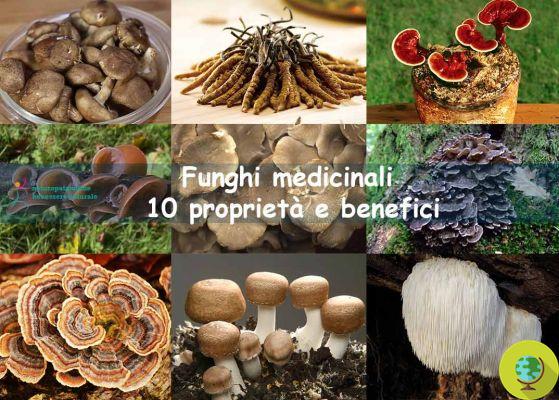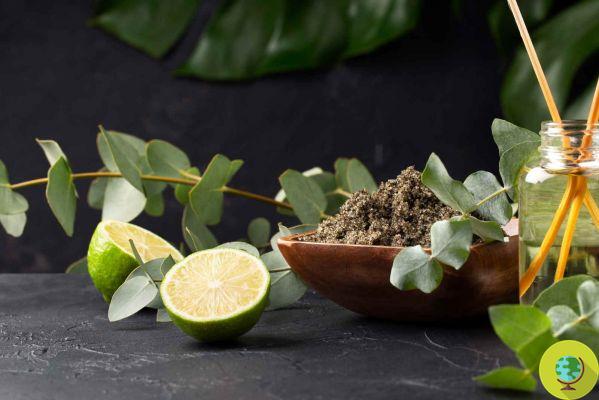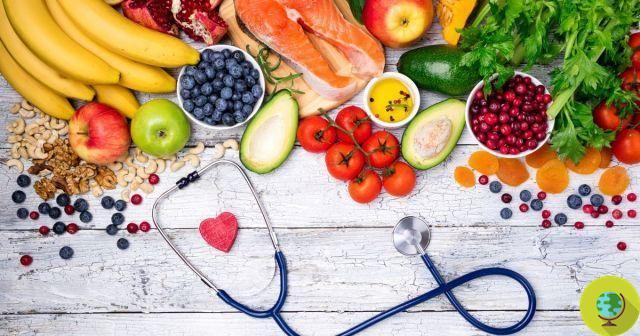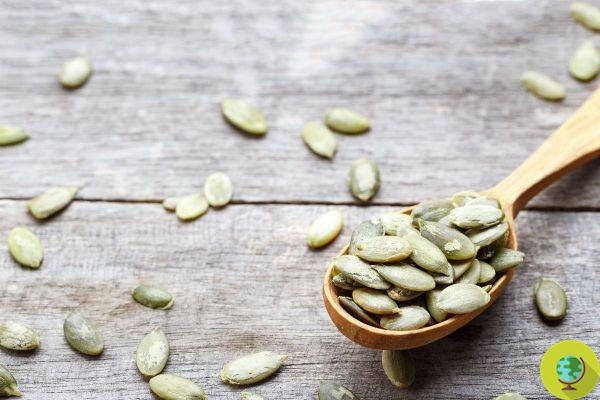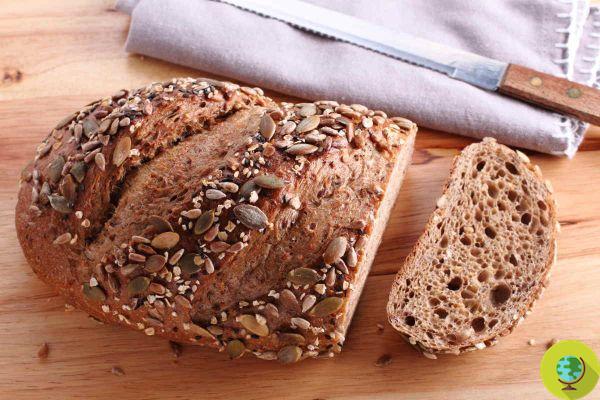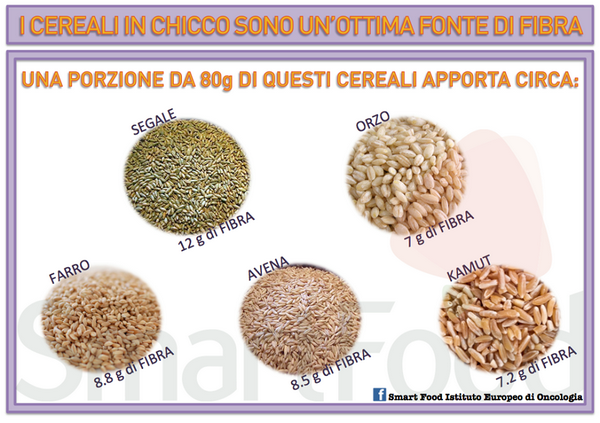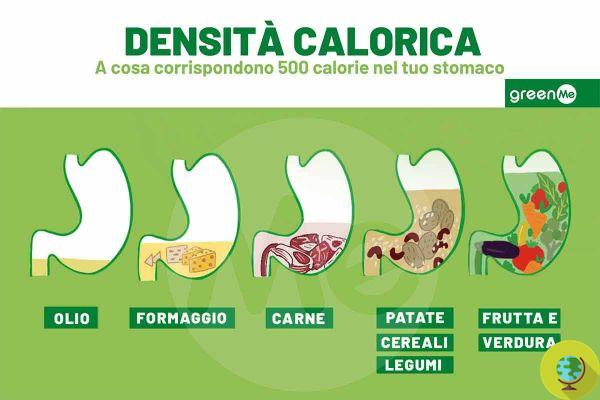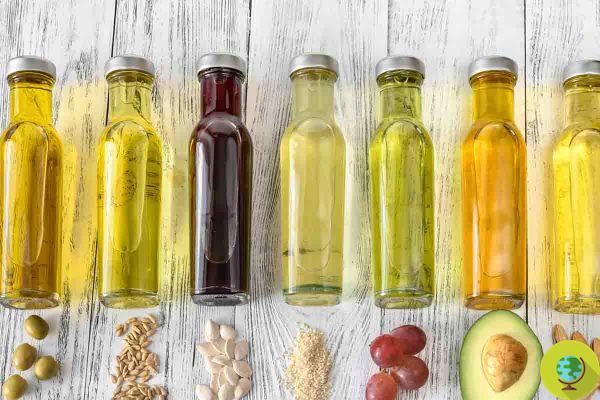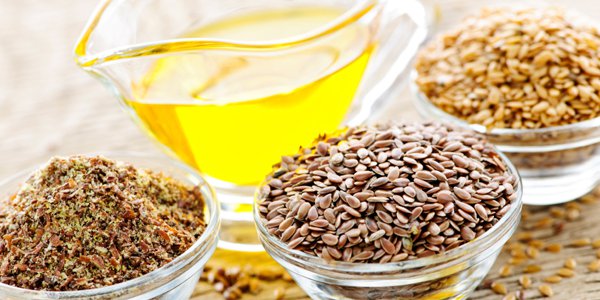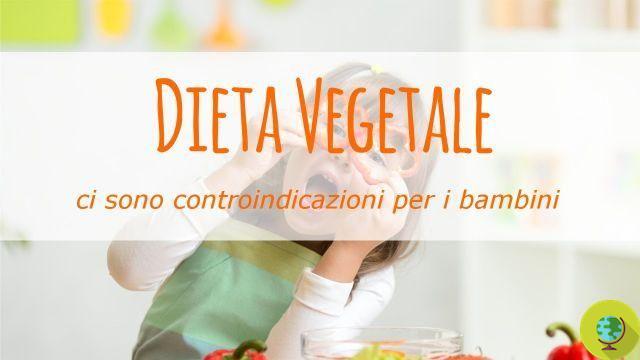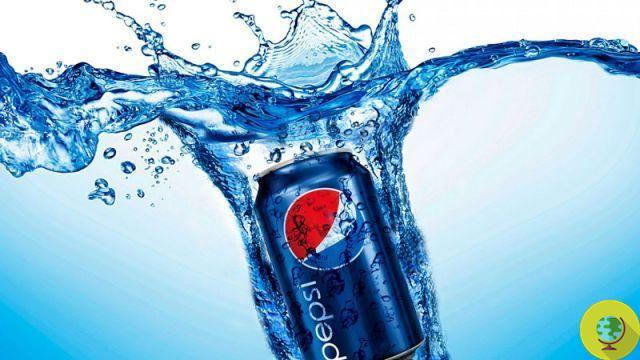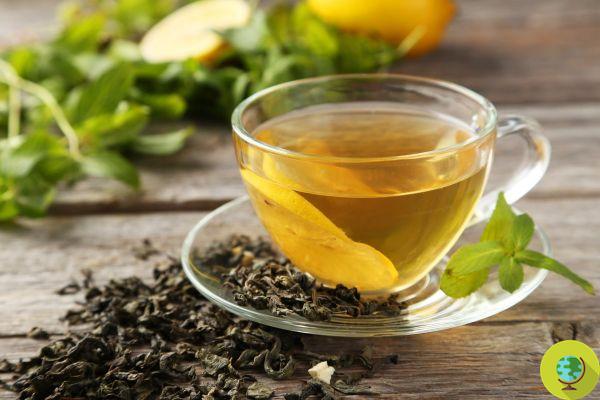Antioxidants are a very powerful weapon against free radicals and aging. Here are some of the main natural antioxidants, the foods we can find them in, and their possible health benefits.
Don't store avocado like this: it's dangerous- antioxidants they are a very powerful weapon against the free radicals andaging. We already told you about foods richer in natural antioxidants. Now let's try to deepen the characteristics of the different types of these substances.
Here are some of the main antioxidants, the foods we can find them in, and their possible health benefits.
Index
Carotenoids
Among the main carotenoids we find the lycopene, betacarotene and lutein. It is a group of antioxidants capable of neutralizing free radicals, which can damage the cells of our body. There is a possibility that carotenoids may have properties related cancer e anti age. They could also improve the functions of the immune system and reduce the risk of some diseases.
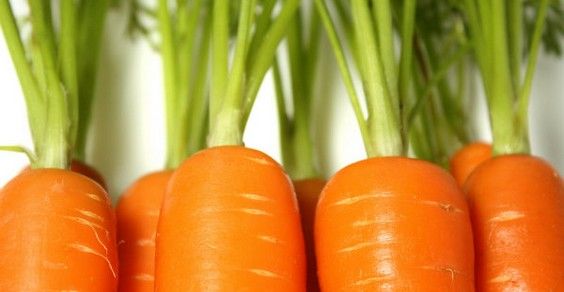
licopene. According to one study recent lycopene may help reduce the risk of stroke. Lycopene is mainly present in tomatoes. Other sources are peppers, melons, guava and pink grapefruit. Cooking food - for example, in tomato sauce - can increase the bioavailability of lycopene.
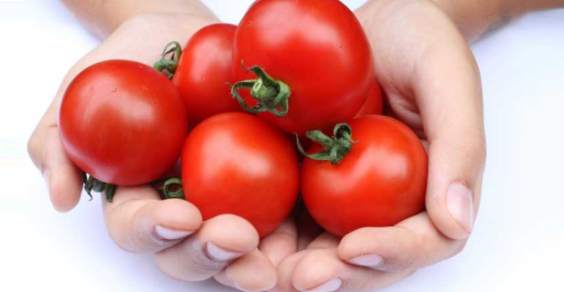
Betacarotene. Beta-carotene is the precursor of Vitamin A. Among the main sources of beta-carotene we find the carrots. Beta-carotene is better absorbed by our body if we accompany it with good fats, such as extra virgin olive oil. It is recommended also, in this case, to consume cooked carrots (we will eat them raw, instead, to benefit from their vitamin C content).
lutein. Lutein, in synergy with zeaxanthin, present in particular in corn, red peppers and oranges, contributes to the maintenance of eye healthi. Between le sources of lutein we find eggs some green vegetables, such as spinach, peas, green peppers, cucumbers and celery.
Main sources of carotenoids: carrots, sweet potatoes, spinach, tomatoes.
Read also: Tomatoes: goodbye stroke thanks to lycopene
Flavonoids and Anthocyanins
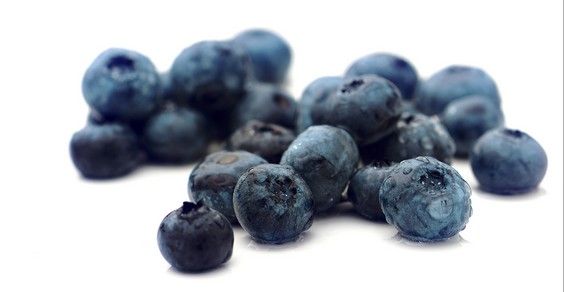
Antioxidants referred to as flavonoids include, among other things, quercetin, routine, Anthocyanins and apigenin. They improve the cell's defenses againstaging. They could help safeguard brain functions and improve heart health and immune defenses. They could also be beneficial for eyesight and for the urinary tract. According to a recent study, flavonoids could come with new help to prevent diabetes.
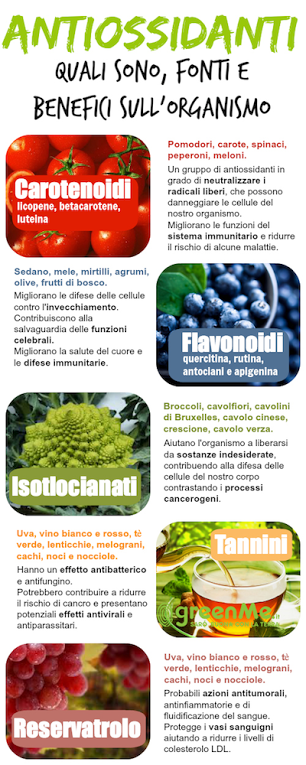
Main sources of flavonoids and anthocyanins: apigenin is present in parsley and celery leaves. Other sources of flavonoids are cocoa, apples, pears, apricots, strawberries, raspberries, beans, blueberries, citrus fruits, olives, oregano, purple cauliflower, and grapes. Anthocyanins are mainly contained in purple and blue fruits and vegetables: blueberries, blackberries, black and purple carrots, berries.
Read also: Chocolate, red wine and strawberries: a new help to prevent diabetes?
Isotlocyanates
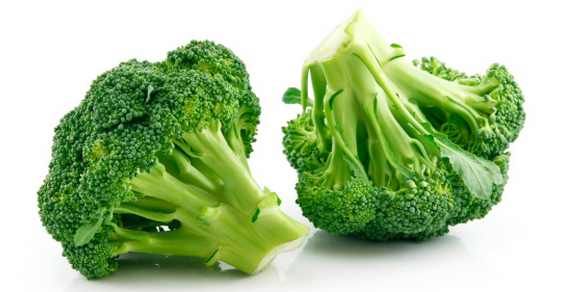
These are antioxidants that may be able to help the body rid itself of unwanted substances. Furthermore, they could contribute to the defense of the cells of our body by counteracting the carcinogenic processes and making the body's ability to repair itself and renew its cells faster. They could reduce the risk of breast and prostate cancer.
Main sources of isotlocyanates: broccoli, cauliflower, Brussels sprouts, Chinese cabbage, cress, savoy cabbage.
Reservatrolo
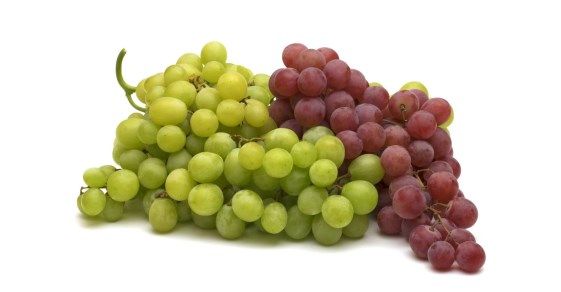
Reservatrol is a non-flavonoid phenol present mainly in the peel of grapes. The reservatrol is credited with probable antitumor, anti-inflammatory and blood-thinning actions. The latter aspect could be important for prevent thrombosis. Furthermore, this antioxidant could protect blood vessels and reduce levels of LDL cholesterol. Plants use it to protect themselves from attacks by bacteria and fungi. Thanks to the reservatrol contained in red wine, according to a study involving the population of the South of France and the inhabitants of the United States, the French would have better cardiovascular health than the Americans, for the same diet (this is the famous "French paradox").
Main sources of reservatrol: red grapes and black grapes, grape juice, red wine, peanuts, bilberries, cranberries (of the “cranberry” type - Vaccinium macrocarpon).
Tannins
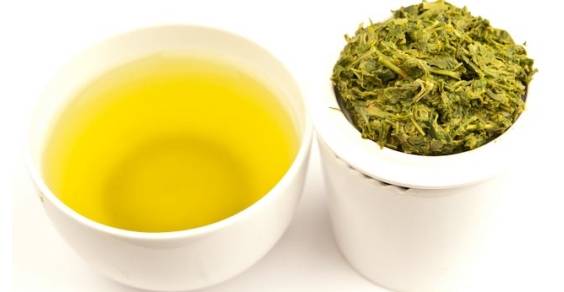
I tannins are polyphenols contained mainly in beverages such as Red wine and green tea. They have an astringent effect and can be administered in case of diarrhea. They have an antibacterial and antifungal effect. They might contribute to reduce the cancer risk and have potential antiviral and antiparasitic effects.
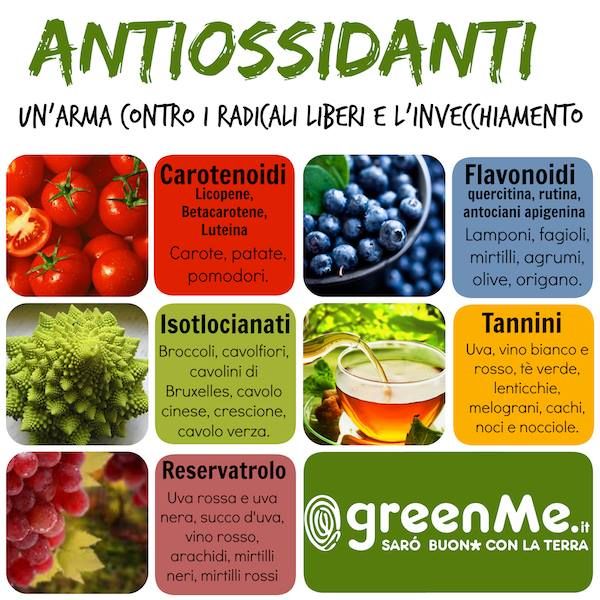
Main sources of tannins: grapes, white and red wine, green tea, lentils, pomegranates, persimmons, walnuts and hazelnuts.
Marta Albè
Read also:
Natural antioxidants: 10 foods against free radicals and aging
Raw or cooked? Here is how it is best to consume the various vegetables
The rainbow of fruit and vegetables: properties based on colors




